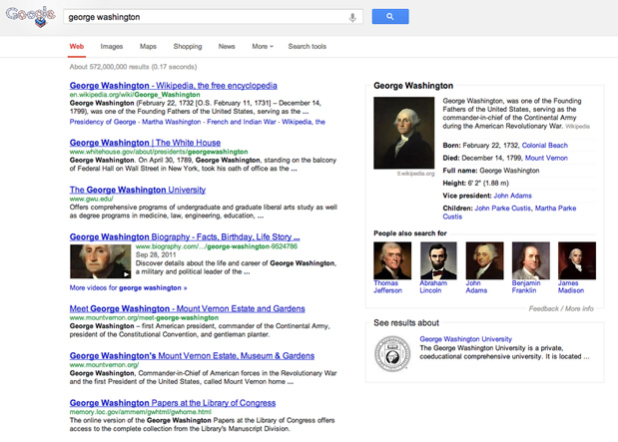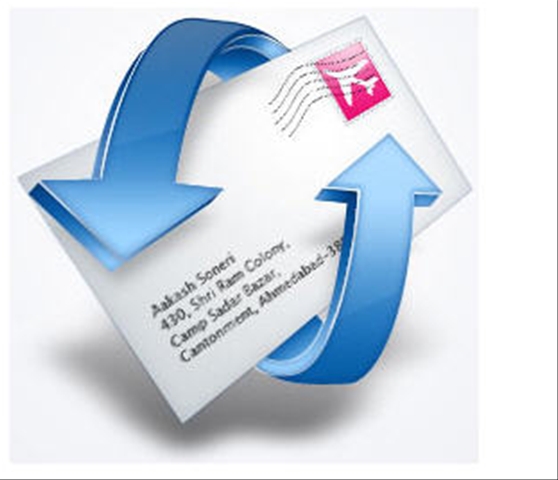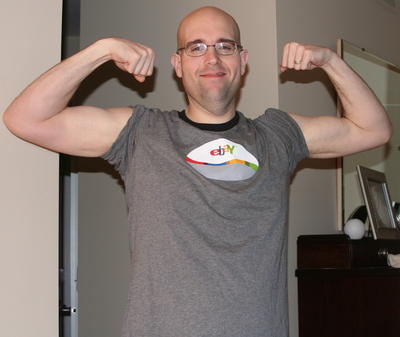I’m almost thinking that we should have a “strange news category” about networks that can’t pay their publishers and affiliates. Obviously Epic Media Group would be the main topic of that category, but it seems that SnapVertise wants to see if they can win the award. The Canadian company, seemingly based out of Toronto, but proudly announcing that they aren’t really based anywhere and have a “Virtual office” has announced that it’s basically run out of cash, and can’t pay anyone anytime soon.
We should give them credit for actually finally admitting it, after months of speculation by various people, that the company was basically kaput. They were nice enough to mail a very, very long letter today to all of their publishers detailing how entirely screwed they were, so that finally some publishers would start realizing the truth: that they were never getting paid. At least they aren’t shy about admitting everyone is going to eventually be screwed.
However, if that wasn’t enough, the letter, which we’ve copied and pasted below, gets very, very strange indeed and provides an extremely strange proposal to its publishers on how they might get paid in the future. Yes, they have a plan, and want you to know their plan to save the company and ensure, for sure this time, that you are going to actually get your money.
Basically, they blame everyone else but themselves for poor planning, including the sickness of a founder, failure of advertisers to pay timely, and probably somewhere in there Obama – and ask somehow that publishers ignore that they aren’t getting paid, and continue to run traffic. Despite their obvious monumental failure in cash planning and having enough backing to run a “real” company, they are going out on a limb and hoping publishers will continue to run traffic, even though they wont get paid necessarily for the old payments, under the hope they will get paid for the current traffic.
Yes, you heard it right and this isn’t April 1st. They really, really hope that publishers will ignore the fact the company has no cash, and continue to run offers under some ridiculous plan that was obviously hatched during a LSD experiment by one of their executives. Not only do you have to accept you’ll probably never get paid for the previous debt owed, but if this very peculiar idea doesn’t work, you’ll never get paid at all for the news traffic. They pretty much lay it out that this is a nutty scheme that probably but wont work, but hope that you’ll see past the obvious failures and help them out. At the same time, one can only assume that the cash flow will first go to what it always goes to: paying the employees and executives first.
There comes what they are probably asking: please help us pay our bills by sending us free traffic. We are most likely going out of business, but in the mean time someone needs to pay for my lease on the BMW (insert other car here) and pay my highly inflated salary. It’s not the first time we’ve heard about this: how many companies are right now rumored to be almost out of business, but their owners are living an extremely expensive lifestyle on the stupid publishers who are dumb enough to help with their cash flow.
Seriously, has the industry not learned anything? When Epic aka Kinetic Social sent out “settlement offers” to get people paid in part, but have to forgive them of most of the debt, I warned the entire industry that they would probably never get paid at all and were signing over their rights and allowing Epic to get away with one of the biggest cash and grabs the industry has ever had. What happened? They never kept to their end of the bargain, didn’t keep up to their payment plan and basically told publishers to go ahead and sue for the remaining amount since they had already signed away their other rights.
Please, pay attention guys. Please?
| Good Morning, Afternoon, Evening,
This email is going out to all Affiliates associated with SnapVertise to express our sincere apologies for the lack of communication there has been between SnapVertise and yourselves. Due to the length and detail of this letter, I would like to suggest reading this email carefully and in detail. Further into the letter, described are options on how we can work together to ensure past due balances are received.
As most of you know, we have run into a cash flow problem. Initially, the problem started when a couple of very large, and at the time, reputable networks stopped paying their bills. At first SnapVertise had a 3 to 6 month “Safety Cushion” for incidences such as these so that we were still able to pay Affiliates. However, inevitably after such a long period of time and the large amounts not paid by the networks in question, this “Safety Cushion” was depleted.
In the following months, the main principle of the company fell into fairly extreme personal health issues that resulted in an extended absence. In the absence of our team leader, SnapVertise failed to have any direction, discipline or communication. This resulted in Advertiser’s slow paying their bills or failing to pay at all. Essentially, this created a snowball effect and we were unable to pay our own Affiliates.
This is where our communication to Affiliates would have been essential. Unfortunately, we took a different route by trying to formulate a plan whereby our Advertisers would make their required payments and as such SnapVertise would have the means to pay Affiliates. This plan of action was soon found to be unrealistic as we depend on our Affiliates valued traffic to achieve the necessary cash flow.
Now to be brutally honest; SnapVertise could take the easy way out and declare Bankruptcy, which would result in no one getting paid. However, having experienced being an Affiliate myself I am fully aware of the consequences to small and even large affiliates when a Network does not pay. This is not what SnapVertise is about, nor is this what we want for our Affiliates unless forced too. We would like the opportunity to make things right for everyone involved.
Our plan of action to pay past Affiliate balances:
- Some of the Principles of SnapVertise also own other web properties and businesses. They have agreed to push their profits from other properties into SnapVertise to cover Affiliate payments. This WILL take time as these properties were highly tied to the SnapVertise marketing distribution network and as such cash flow dropped in line with SnapVertise.
- Use positive cash flow from the SnapVertise CPA Network to fund past Affiliate balances. (This is highly contingent on us being able to generate Affiliate business again.)
- Affiliates can take advantage of what we (for lack of a better name) have called the “Full Rate Program.” This is explained in more detail later on, but essentially it takes our margin/profit on offers and credits a past Affiliate balance. (This may be the fastest method for individual Affiliates to have their past balances paid)
To be clear, we want to avoid giving out false hope that past balances will be up to date in a timely fashion, with certainty. The truth is, we are unsure how long it will take to cover past affiliate payments in full. However, the point of this letter is to show you we are not running away and will do our best to ensure affiliates are paid!
Furthermore, here are a few of the options the SnapVertise Team has to offer (We know they are less than ideal but this may be the best and only way to do right by our affiliates)
First off, all CURRENT traffic sent by affiliates WILL be paid for in full and on time. In order for this plan to work, we need cash flow. In order to have cash flow, we need affiliates pushing offers now rather than later. Previous affiliate balances will be covered by oldest to newest according to our cash flow levels and the current level of activity from affiliates. It is our hope that our other principle properties will achieve the revenue levels of early 2012 and if so, we could potentially pay the outstanding Affiliate balances within months.
Another option we are offering is something called the “Full Rate Program.” This means that for the Affiliates with outstanding balances SnapVertise will pay out 100% of the offers being pushed. As such, our normal margin will be paid out to the affiliate’s past due owing balance with SnapVertise. For example if an offer pays $1.60 and SnapVertise is being paid $2, the affiliate will be paid the full $2. $1.60 paying for the current traffic being sent and $0.40 will go towards the outstanding balance. To submit offers you want full rates on, follow the instructions here.
If you have any further PRIVATE questions regarding this matter that have not been addressed, please email: balance@SnapVertise.com. Also, for more information regarding the strategies in place to ensure affiliates are paid please request access to the active support section setup called The Affiliate Balance Resolution Forum. Questions that others might be interested can be asked PUBLICLY there as well. Follow the instructions here to gain access.
Furthermore, if you would like to send traffic to an offer at the full rate as part of the “Full Rate Program,” and receive 100% Offer rates, please follow the instructions found here.
Last but certainly not least, I want to tell you that I KNOW this is not an email of good news and new hope, but it is honest. I hope you can appreciate our willingness to be honest with you and know that we will be doing everything possible to rectify this situation, including communicating on an above satisfactory level. In short, our goal here at SnapVertise is to have all Affiliates paid in full along with what we hope is a worthwhile bonus.
We thank you in advance for your time and consideration, kind regards,
Sean Sutherland & The SnapVertise Team |




















